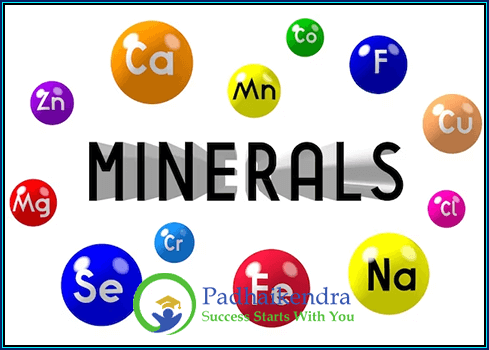Minerals can be broadly classified into two main categories: metallic and non-metallic minerals.
- Metallic minerals: These minerals are composed of one or more metallic elements and have a metallic luster and a high density. They are typically hard and have a high melting point, and are often good conductors of heat and electricity. Examples of metallic minerals include iron, copper, gold, silver, and platinum.
- Non-metallic minerals: These minerals are composed of elements other than metals and do not have a metallic luster or high density. They are typically soft and have a low melting point, and are poor conductors of heat and electricity. Examples of non-metallic minerals include quartz, feldspar, mica, clay, and gypsum.
Non-metallic minerals can be further classified into several subcategories:
- Industrial minerals: These minerals are used in industrial processes and include minerals such as talc, kaolin, and asbestos.
- Construction minerals: These minerals are used in the construction industry and include minerals such as sand, gravel, and limestone.
- Gemstones: These minerals are prized for their beauty and rarity and include minerals such as diamonds, rubies, and emeralds.
- Fossil fuels: These minerals are formed from organic matter and include coal, oil, and natural gas.
Both metallic and non-metallic minerals have important industrial and economic uses, and are essential resources for a wide range of industries, from construction and manufacturing to electronics and energy production.





